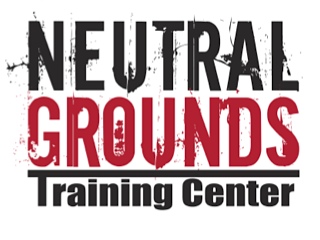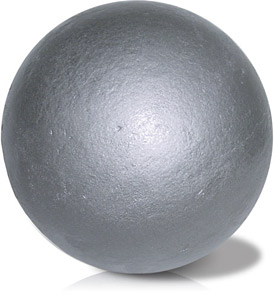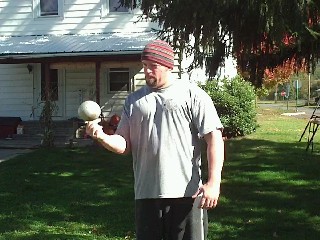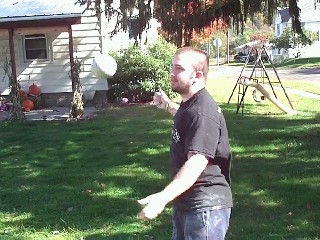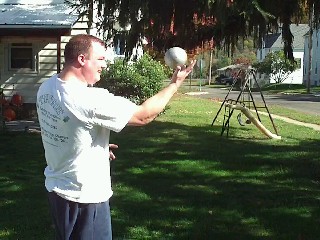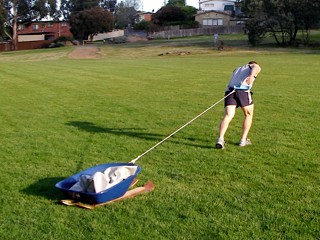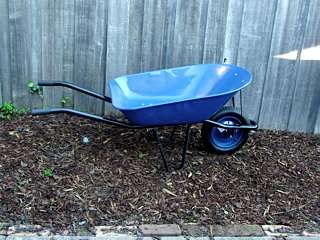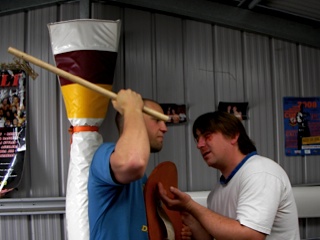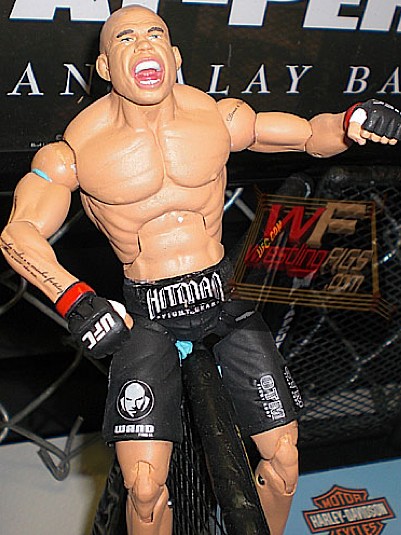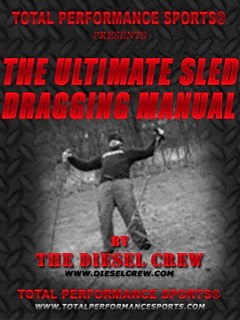
Your recovery plan should include the right nutrients in your diet and the right amount of fluids. As for the nutrients, you want to make sure you eat at least 2 servings of fatty fish a week. This ensures you get the Omega-3 into your body to help circulate the blood and take away many other benefits that this vitamin offers. If you don't like fish, you can always eat some walnuts throughout the week. Next is Vitamin A. You need this vitamin to promote proper immune function and cellular growth and development. Also needed is Vitamin C to help with strength and flexibility of your tendons and ligaments. Lastly you must drink lots of water. You should consume about a gallon of water a day to help your muscles recover and to hydrate your body from the abuse you put it through day to day. These are just a few nutrients you need to promote recovery of your muscles and immune system. There are many more to consider which could be an entire article in itself. These are the basics you need!
Now some people like to think you can not train on your day off. This is sometimes true since different body types can handle different loads. But in general, you can still train on your day "off". Things I like to do with my athletes are some high rep work with light weights or even some body weight work. How many reps? I go anywhere from 20 to 50 reps. Yes 50 reps sometimes make its way in there. Then I also like to do some conditioning work on these days since a lot of the time is focused in the gym. This can be anything from battling ropes for time to sled dragging.
Sled dragging is a fun and innovative way to get your athlete to keep training even when he thinks his body can't take any more. You can pull a sled with a rope around your hips for distance/time or you can do push/pulls were you grab the rope as if your in the bottom of the bench press position but standing and push the rope out in front of you pulling the sled closer to you. Then you take a step forward and do it all over again. Using a sled will build some serious total body strength. You can do all gym exercises with a sled! There are more exercises and explanations of this type of training in The Ultimate Sled Dragging Manual which you can find on my blog. This manual is written by Smitty & Jedd of the Diesel Crew. It really shows you how to use sled dragging to promote recovery work or a workout that you can add into your program.
There are other methods to aid in recovery as well such as foam rolling and contrast baths to rid the waste products that have moved into the area during training. To foam roll your quadriceps for example simply lay the foam on the ground and lay on top of the foam with one leg on the foam and the other off to the side. Then pull yourself forwards and backwards with your upper body. You can hit your quad at different angles to. You can also apply this to all muscles in your body. Throw in a tennis ball for those hard to reach muscles and do the same thing. If you have the equipment to take contrast baths for your whole body, great! Fill one up with hot water (as hot as you can handle) and fill the other up with cold water (shoot for 55 degrees). Sit in one tub for about one minute and thirty seconds then swap to the cold tub. While in the tub slowly contract your muscles as you would in a lifting movement. You do not have to "flex" just do the movement. Do this for about 15 min total time. You will notice a big difference in the amount of time it takes for your body to recover.
